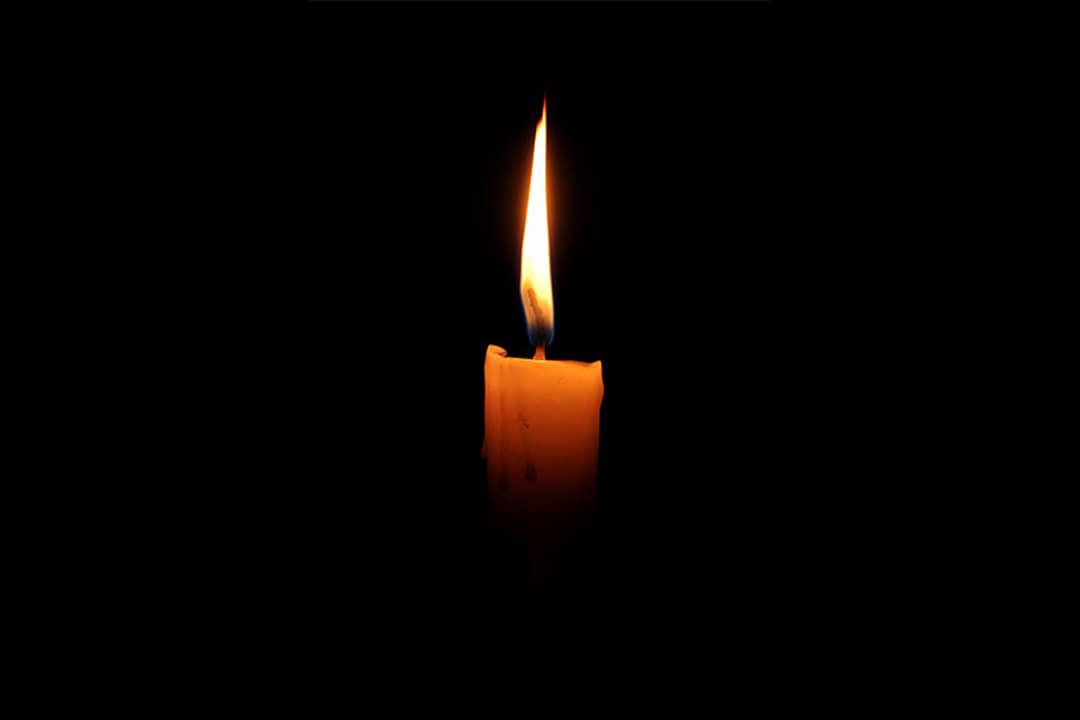Content warning: This article discusses sexual violence, gendered and racist violence, and murder of Indigenous women and girls.
The symbol for the missing and murdered Indigenous women and girls’ (MMIWG) movement is a red hand painted on the lower half of the face. The bloody palm that imprints on the mouth specifically represents the Indigenous women’s voices that have been silenced against speaking up about acts of sexual and gendered violence perpetrated against their communities.
This image has gained popularity over the years as more people have started to recognize MMIWG cases. Despite an increase in public recognition, however, government officials have not yet tackled many of the MMIWG cases. Their current system for addressing cases is ineffective and brings about a horrific continuation of Indigenous women and girls experiencing sexual and gendered violence.
The story of Tina Fontaine
Femicide is defined as the killing of women and girls, most often by an intimate partner, a family member, or someone they know, and typically by men. Like all violence against women, the many causes of femicide are rooted in gender inequality, gender expectations, and systemic gender based discrimination — it is a prominent issue, with 1,125 total cases occurring in Canada between 2011–2021 alone.
Femicide has disproportionately affected Indigenous women, especially because many cases of violence against Indigenous women and girls go undocumented. In Canada, one Indigenous woman or girl faces sexual assault every 48 hours. Additionally, six in 10 Indigenous women have experienced physical assault, while almost half have experienced sexual assault. Despite these alarming statistics, many of these violent crimes go undocumented.
Among the gruelling cases that have been reported, one that has sparked more attention in recent years is that of Tina Fontaine, a 15-year-old girl from the Sagkeeng Anicinabe Nation in Manitoba.
According to a Manitoba Advocate for Children and Youth special report, in July 2014, Tina was at one point in the care of Child and Family Services (CFS) due to “being dragged by an older male down Selkirk Avenue by her arm.” Even though this was brought to authorities’ attention, “no… support occurred at the time.”
Later that month, a missing person’s report was filed for Tina and in August, she was seen being driven in a vehicle by a man named Raymond Cormier who was stopped by the Winnipeg Police Service (WPS). Even though her name appeared on a missing person report, the WPS let her go. Hours later, an unconscious Tina was found near the University of Winnipeg in an alleyway. Paramedics took her to the Health Sciences Center and she was discharged. Eight days later, though, they found her lifeless body wrapped in a plastic bag in Winnipeg’s Red River.
It is important to note that while in the hospital after being found in the alleyway, Tina had informed her CFS worker that “she had been associating with a 62-year-old male, Raymond Cormier.” Cormier was charged with second-degree murder for Tina’s death but pleaded not guilty.
Tina Fontaine is one of the many girls whose stories are among those of missing and murdered Indigenous women and girls. Her devastating death kick-started the Government of Canada’s formation of the National Inquiry into the MMIWG movement.
The case of Tina Fontaine is unfortunately not the only one, as many Indigenous women and girls lost their lives to gendered violence before Tina and long after. However, officials fail to treat these incidents with the utmost importance. Out of 6,849 police-reported woman homicide cases in Canada between 1980 and 2014, 16 per cent were Indigenous women. Since 1991, the number of murdered non-Indigenous women has declined, but the number of murdered Indigenous women has increased. In 1980, nine per cent of woman homicide victims were Indigenous, and by 2014, the rate increased to 21 per cent of woman homicide victims being Indigenous.
What can be done to help change the statistic?
Many of these deaths could be avoided if the Canadian government had shown more consideration for the welfare of Indigenous women. Many Indigenous nations face poverty, and many members of Indigenous communities have to travel far distances for work and school. They may also be at greater risk by being isolated as people in Indigenous communities sometimes have to leave their homes and families for education
Many acts of violence are driven by historical and systemic racism, and even when the murderers of Indigenous women and girls are found, they are oftentimes not held accountable — in a StatsCan study conducted on data collected between 2009 and 2021, police were 27 per cent less likely to recommend a charge of first-degree murder when a victim was Indigenous.
The government should first prioritize providing funds to help bring Indigenous communities out of poverty or to build institutional support within these communities, so that Indigenous women can access resources that could potentially be lifesaving. However, the most pressing matter for the government to deal with is the police’s gross negligence when reports of women and girls in an unsafe situation are not taken seriously.
I believe every missing persons case is of the highest importance, but the harsh reality for Indigenous women in Canada seems to reflect that the government has not prioritized their safety. The Canadian government has announced $50 million in investments for healing and health supports for family members and survivors, but the difference between how the cases of sexual violence of MMIWG and other groups of women in Canada are addressed is disproportionate, and this investment may not be enough moving forward.
The red hand symbolizes the voices that were silenced, and it serves as a poignant reminder of the ongoing injustice that must be rectified and prevented in addressing the inhumane acts of violence that are deliberately carried out on Indigenous women and girls.
Vesa Lunji is a first-year student at University College studying life sciences.



No comments to display.